The Bureau of Land Management (BLM) developed the Assessment, Inventory, and Monitoring (AIM) Strategy to standardize monitoring of natural resource condition and trend on BLM public lands. The AIM Strategy provides quantitative data and tools to guide and justify policy actions, land uses, and adaptive management decisions. CNHP works closely with the BLM to monitor wetlands, riparian areas, and streams in multiple western states through the AIM Strategy.

The AIM Strategy consists of five key elements that aid in collecting standardized and defensible monitoring data:
- Structured implementation to guide monitoring program development, implementation, and data use for decision makers
- Standardized field measurements to allow data comparisons through space and time in support of multiple management decisions
- Appropriate sample designs to minimize bias and maximize inference of collected data
- Data management and stewardship to ensure data quality, accessibility, and use
- Integration with remote sensing to optimize sampling and calibrate continuous map product
Watch the video below to learn more about the BLM AIM Strategy.
The AIM Strategy monitors three main resources on BLM public lands using separate field methods. To develop and implement monitoring for each resource, BLM collaborates with an outside science partner, like CNHP.
- Terrestrial AIM is designed to provide comprehensive information on rangeland vegetative and soil conditions. Example indicators derived from field methods include bare ground, vegetation composition, vegetation height, canopy gap, distribution of nonnative/invasive plant species.
- Lotic AIM is designed to provide quantitative data for wadeable streams and rivers across all BLM lands. Example indicators derived from field methods include conductivity, temperature, pool frequency, % fine sediment in streambed substrates, bank stability and cover, floodplain connectivity, macroinvertebrate biological condition
- Riparian and Wetland AIM is designed for riparian areas, floodplains, and wetlands and bridges the information gap between terrestrial and lotic areas. The newest addition to the AIM program, data collection protocol was piloted between 2019-21 and is being fully implemented starting in 2022. Example indicators derived from field methods include bare ground, vegetation composition, vegetation structure, soil characterization, water sources, water quality, and annual use measurements.
CNHP is the outside science partner for the Riparian and Wetland AIM Program and has worked very closely with BLM natural resource professionals since 2017 to develop and implement the program. CNHP Wetland Ecologists helped author and test the field methods and coordinated sampling across seven western states for the 2019-21 pilot seasons. As the program moves to full implementation, CNHP staff continue to serve on the National AIM Team and play major roles in training, data management, and data analysis. CNHP continues to coordinate sampling in Colorado, Wyoming, and Utah.
Despite covering less than 1% of BLM public lands outside of Alaska, BLM riparian and wetland areas are highly diverse and provide critical ecosystem services such as nutrient cycling, carbon storage, sediment retention, flood attenuation, maintenance of water tables, and connectivity with streams. These ecosystems help sustain healthy fish and wildlife populations, maintain clean and abundant water, and store soil carbon. The map below shows wetland and riparian areas monitored on BLM public lands during the 2019-21 pilot seasons. The accompanying photos show just a few of the many diverse sites sampled across the West. Watch the short time-lapse video below to see a CNHP crew sample a full Riparian and Wetland AIM plot in Colorado.

In addition to serving as the science partner for Riparian and Wetland AIM, CNHP also manages stream monitoring in Utah and Wyoming through the Lotic AIM Program. CNHP staff have managed Utah Lotic AIM data collection since 2018 and have partnered with the University of Montana to manage Wyoming Lotic AIM data collection since 2020. From 2018 to 2021, CNHP crews have collected data in 495 stream reaches across Colorado, Utah, and Wyoming. Working with both the Lotic AIM and Riparian and Wetland AIM programs allows us to think about the connection between these aquatic resources and help BLM develop monitoring plans that incorporate both resources.
Read and watch more about the BLM AIM Strategy and field methods
- Riparian & Wetland AIM Field Protocol
- Riparian & Wetland AIM Training Video Series
- Lotic AIM Field Protocol
- Terrestrial AIM Field Protocol
- BLM AIM Factsheet
- Access AIM Data
- Watch the video below for more about CNHP's parternship with BLM's AIM Program










